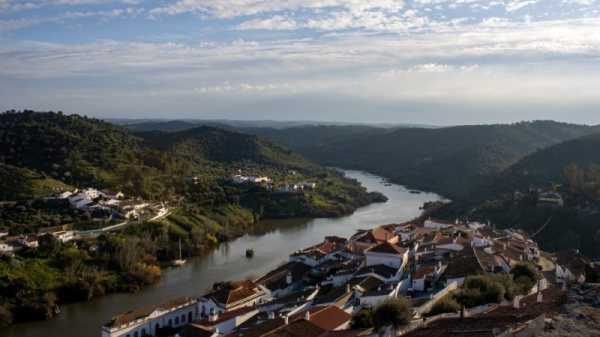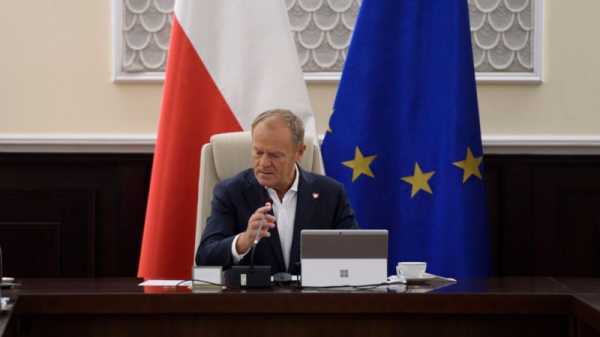
More and more European municipalities are turning to a co-decision tool allowing citizens to decide how to spend local resources, but its impact remains uncertain as low participation levels and limited investment in the process hinder the participatory exercise.
The process, called participatory budgeting (PB), counts over 4500 cases across Europe and is rapidly growing in popularity. In France, for instance, 400 municipalities engaged in participatory budgeting in 2022, increasing from 249 in 2021.
While more and more local governments introduce PB, the process varies widely between communities in terms of duration, participation and amount of money allocated.
Types of PB processes
Some municipalities, for instance, implement it on a thematic basis, calling on citizens to allocate resources to specific issues, such as climate change or housing.
For instance, Aberdeen in Scotland introduced a green PB giving citizens a say in the allocation of £333,333 to projects helping the region transition to net zero, while the 2023 PB process in Wrocław, Poland, will focus on housing projects.
PB can also target different participants. In some cases, PB is implemented for the whole community. In other cases, it targets young people, like in Cluj-Napoca, Romania.
Some cities implement different types of PB processes. One example is Paris, which has in place a general PB for all Parisians over seven years of age, one PB process for schools, and one asking citizens to propose and allocate resources to projects to make drinking water more accessible.

Finally, PB is often implemented at the municipal, district or neighbourhood level. However, there are also cases of PB at the regional level. For instance, the French department of Savoie carried out a €1.17 million PB process for the citizens of this region in 2022.
PB is also present at national level in Portugal, while some are pushing to implement it at EU level to allow Europeans to decide how to allocate a part of the Union’s budget.
Investment
Investment in PB also depends on the municipality or region implementing the process. In some regions, there are agreements to make sure a minimum amount of local resources is dedicated to PB. This is the case in Scotland, where the national and local governments agreed to allocate at least 1% of local budgets to PB.
The Italian region of Sicily also has a regional law asking municipalities to spend 2% of funds received by the region through participatory democratic tools.
In other countries, the amount allocated to PB is decided by individual municipalities and can vary widely within the same country. Generally, the bigger the city, the bigger the resources available for PB, as shown by comparing smaller towns like Vermenton and Poitiers to Grenoble, Rennes and Paris.
However, investment can vary considerably also between cities of similar size. For instance, the Polish city of Wrocław is calling on residents to allocate around €6.6 million in 2023, while in its recently concluded PB process, Vilnius asked citizens to decide how to spend around €300,000.
Overall investment in PB remains low – generally, around 1-2% of municipal budgets, meaning that citizens decide on limited amounts of money. In France, for instance, the average amount spent per capita through PB is around €6.
In some cases, this is due to a lack of political will to implement participatory exercises, but in other cases, it is linked to the limited availability of resources for municipalities.
In Grenoble, for instance, citizens aged 16 and above are called to express their views on the allocation of €1.8 million. Despite the amount being increased from €800,000 in the previous edition, according to mayor Éric Piolle, it is “still small.”
“We are under very strict financial constraints,” he told EURACTIV, adding that “it’s very limited and under 5% of our investment budget.”
Participation
Citizen participation in PB processes is also generally low, especially if compared to participation in local elections.
For instance, in the German city of Stuttgart, participation in the 2021 PB process was at 3.3%.
While it varies from region to region, the low participation rate in PB is a common obstacle in the uptake of PB across Europe and ultimately limits its impact.
The reason for the lack of participation from citizens includes a need for more awareness of opportunities to partake in PB and more information about the initiatives. In addition, PB is time-consuming and requires more effort to roll out than other forms of participation, such as elections.
Some critics warn that PB could also see the voices of those already involved in active citizenship enhanced rather than reaching other community members.
At the same time, some researchers argue that PB processes enhance political participation and can increase voter turnout. In Prague, experts found that districts that introduced PB had a 3% increase in voter turnout in local elections compared to districts without PB.
[Edited by Alice Taylor]
Source: euractiv.com



